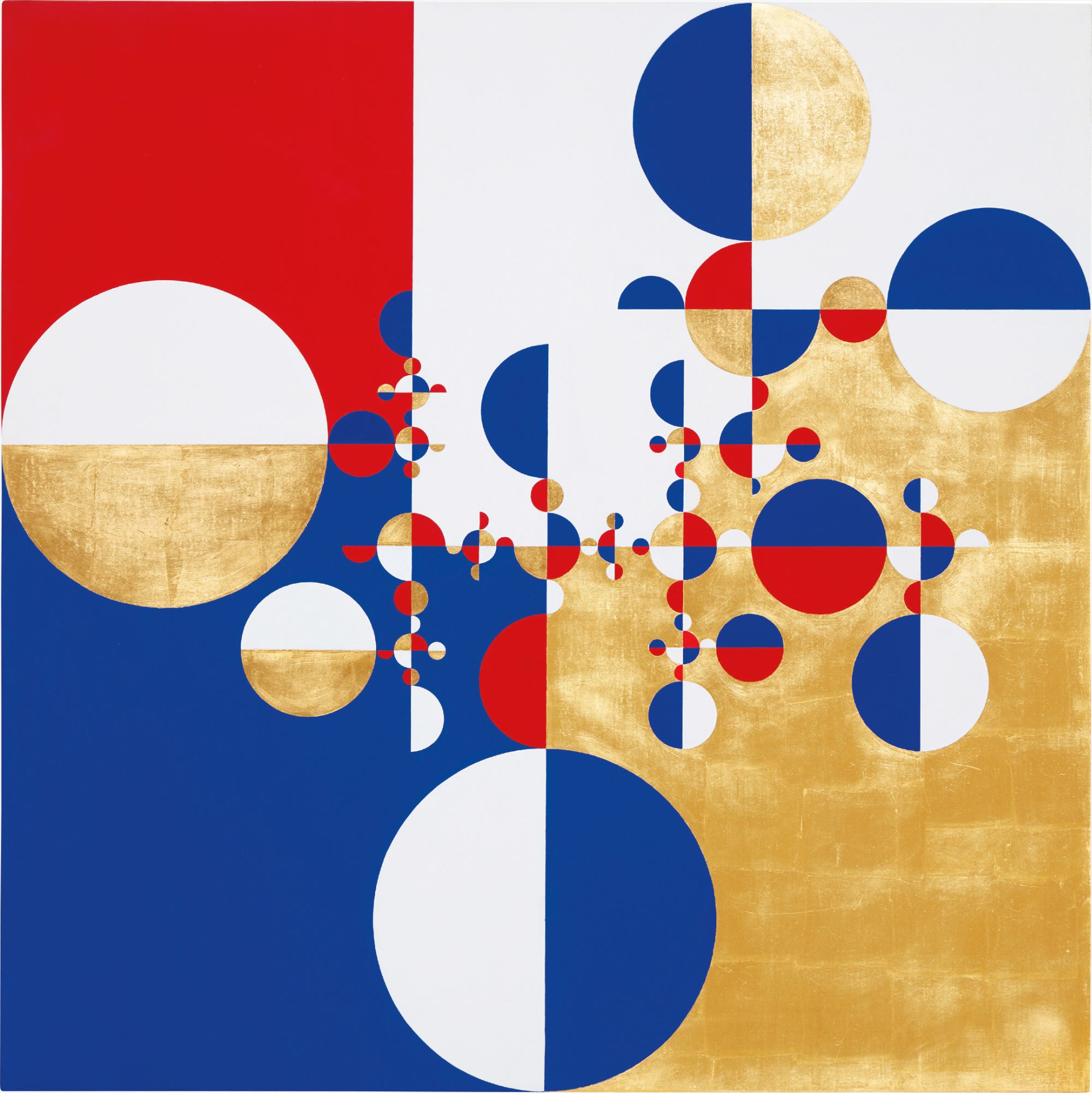

9
Gabriel Orozco
Samurai Tree 21k
Full-Cataloguing
Gabriel Orozco was greatly informed by Daniel Buren’s rejection of the studio insofar as Buren believed that it was necessary to abandon the traditional concept of a studio, contrary to many artists from the 1960s, who had relocated the exhibition space to their studio. This practice became even more prevalent during the 1980s, brought about by a resurgence in the economy whereby artists were creating expensive paintings in studios to be sold in white box commercial galleries. More importantly, the works were not so much advertised in the galleries as in the studios, to the point that artists’ studios appeared in art magazines. During the 1990s, in reaction to this notion of the studio and as a matter of principle, Orozco refrained from this need for a work space and equipment.
The first time Orozco developed this concept of post-studio life was when he moved to Madrid in the late 1980s to study at the Círculo de Bellas Artes. Although he had rented a small studio, he didn’t use it, partly because the room was not heated. However, this allowed him to begin removing his practice from the studio, as he would make sculptures and works from anything he found on his way to class. These were temporary, ephemeral works that inform us of his practice of producing art with what he found in the streets. What is fundamental in this seemingly simple practice is that in doing this he contests the notion of the artist’s studio as a sanctuary where artists, such as Brancusi and Giacometti, would create masterpieces inside four walls in a space inaccessible to the world. Orozco has, instead, made the streets and all the mundane objects found there his equipment and studio. More importantly, he has located his works outside the studio walls where life and art interact unexpectedly, explicitly evading the studio, as can be seen throughout his ouevre. This also brings us to another important aspect of his work: the rejection of being tied to a geographical location. Instead, Orozco and many of his generation emigrated from one place to another reinforcing this aspect of evading the studio and being unattached to a location.
This brings us to the series of Samurai Tree Invariants that Orozco began painting in 2004. The design of the paintings stems from his love of trees and how they grow from the ground to a center, which then expands outward. Thus, Orozco places a circle at the center of a canvas that is divided into four quadrants and is followed by a systematic series of other circles bisected by dividing lines, much like the outgrowth of the branches of trees. The use of the circles growing out into branch-like trees also expresses a preoccupation with both geometry and the organic world. The color palette of only gold, blue, red and white alludes to his love of chess based on the knights in the game, or Samurais as he likes to call them. The Samurais branch out into the canvas in the same sequence of moves that knights make on the chess board, which he methodically repeats until the entire canvas is covered. Orozco then manipulated the design in the computer yielding 672 different permutations of his palette, collectively naming them Samurai Tree Invariants. However, in 2005 he obviated the predetermined design and composed these sequences individually. To create this series, Orozco worked alongside Philippe Piccoli and Christian Macia, both close friends with whom he collaborated in previous projects. He trained them to paint his Samurai Tree Invariants where, via chat in real time, Orozco describes the design he wants for his canvas and then views and discusses it with the other artists until he is satisfied with the result. Hence, in looking at this painting we are not only reminded of the intricate design, but also how Orozco has again questioned his own notion of the studio, which he sees as a temporary site for a project, much like the streets where he is only an occasional visitor. In Orozco’s mind, as curator Ann Temkin states “he has not become a painter, on the contrary, his interest resides in the building of the compositions, not the craft of their execution.” (A. Temkin, Gabriel Orozco, The Museum of Modern Art, New York, p. 21). Undeniably, the present lot is an exemplary work that disrupts our notions art and places Gabriel Orozco squarely at the forefront of conceptual art within the 21st century.
Gabriel Orozco
Mexican | 1954Gabriel Orozco's diverse practice, which includes sculpture, photography, painting and video, is centered on the rejection of the concept of a traditional studio. Alternatively, Orozco's conceptual process involves using quotidian objects as commentary on urban society. In the widely exhibited La DS (1993), Orozco cut a Citroën DS car into thirds, eliminating the central section and reconfiguring the remaining parts.
Another important motif in Orozco's lexicon is that of the colored ellipses. In his seminal series, Samurai Tree Invariants, the artist employs fragmented colored circles as the basis for geometric compositions, exploring the movements made by a knight on a chessboard. These not only represent Orozco's conceptual practices but illustrate his interest in both the geometric and organic world.